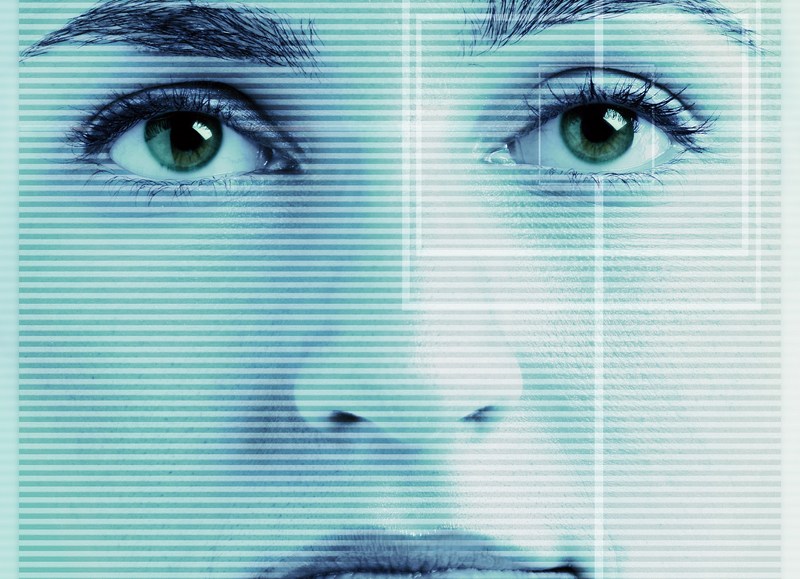
Retailers like Circuit City and Borders ultimately failed because they weren’t fast enough to adopt digital channels and make their in-store experience worthwhile. Sephora has no interest in meeting that fate.
The retailer has embraced all aspects of digital media, from apps to mobile point-of-sale tech. Sephora has rolled out a new technology within some of its stores that allows salespeople to scan someone’s face to find the perfect shade of foundation. Johnna Marcus, Sephora’s director of mobile and digital store marketing, spoke to Digiday about how the company is using digital technology to blur the lines between the in-store and online shopping experience and how being customer-centric is key to Sephora’s digital strategy.
Which e-commerce and retail trends is Sephora placing most emphasis on, and why?
We’re focusing on technology that blurs the lines between online and in-store. Our greatest focus is giving the customer a personal shopping assistant in the store. Customers can scan products to read ratings and reviews and all store associates are equipped with mobile phones to check customers out, so there’s no waiting in line. Another interesting thing we are rolling out to stores soon is called Color IQ. It allows our sales associates to scan someone’s face to find the perfect shade of foundation.
Digital experiences tailored for in-store change the game for salespeople. How do you drive your staff on the shop floor to embrace these changes?
Our employees are all really passionate about beauty, whether it’s skin care, makeup or hair care. We’ve found success when the new technology or process helps them share their passion with customers. All women know the pain of going into a store and trying to pick out the right shade of foundation. Even if you try it on in-store, many times, you come home and see that in a different light, it isn’t your color after all. We’re partnered with Pantone for technology in some of our stores that lets our salespeople scan someone’s face to get the perfect match for her skin and her undertone. Then using an iPad, the store associate pulls up thousands of foundation products that can be filtered by skin type and other variables. That’s the kind of stuff that people really flock to.
What’s the biggest challenge retailers face in digital?
The challenge is maintaining loyalty. People are empowered with all the information out there. So the challenge is about how to make sure you’re not being commoditized. That’s the reason why our promise is so different. It’s not just about our products. It’s also about education and serving as a resource to customers. We offer beauty trends and tips and provide how-to videos as well.
Why do you feel Sephora is ahead of the game in digital?
We’ve always been a digital company. We don’t have a 100-year history in retail and did not face the challenge of having to retrofit an old infrastructure to fit into the digital world. There were no engrained habits or restructures. Our strategy is and always has been about providing the best shopping experience regardless of where the customer is. We were the first beauty website and one of the first retailers with a mobile app. We were very early to the game in using digital to educate clients about products, and I think that’s why we’ve been able to position ourselves as a beauty expert. We were one of the first brands to roll out a mobile point-of-sale system, which has helped us expedite lines. This is a really great technology to have in our beauty studio, because there’s no reason a person who just spent 30 minutes with a sales associate should then be walked to a lin
More in Marketing

In Graphic Detail: Why YouTube is a genuine threat to Netflix
Digiday has charted exactly how YouTube is a real threat to Netflix, due to its dominance of watch time, user base and its ability to totally reshape viewing behaviors.

At Ebiquity, a new role signals marketing’s shift from metrics to meaning
Marketing has no shortage of data. Ebiquity is betting on judgement.

Lowe’s wants to do more with AI shopping in 2026
Mylow, a shopping assistant powered by ChatGPT that launched in March, is already driving double the conversion rate for online shoppers.





